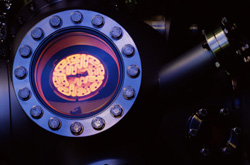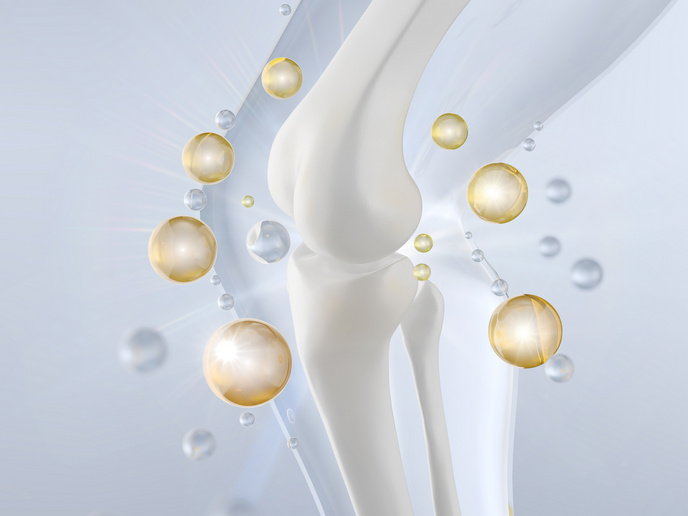Breakthrough NMR techniques
As part of the HUMAN POTENTIAL Programme, the HSFCC NMR project set out to develop an innovative NMR measurement device used for low-sensitivity spin systems. The aim is to use the new device to measure spectral diversity functions of bio-macromolecules and even macromolecular aggregates such as tissues. Project partners developed software tools to analyse the behaviour of the proton populations in a specific macromolecular group, the proteins. These software tools could find application for the quantitative analysis of the proton spin relaxation profiles, a vital step in the interpretation of magnetization decays. The information that this new modelling tool can provide relates to the overall structure of the protein and its spatial arrangement. Specifically, researchers can readily obtain information on protein rigidity, folding and also on protein aggregation and protein dynamics. Researchers are keen to collaborate with groups involved in the study of relaxation profiles. NMR research groups from around the world could potentially benefit from these observations and the application of these new research findings.







